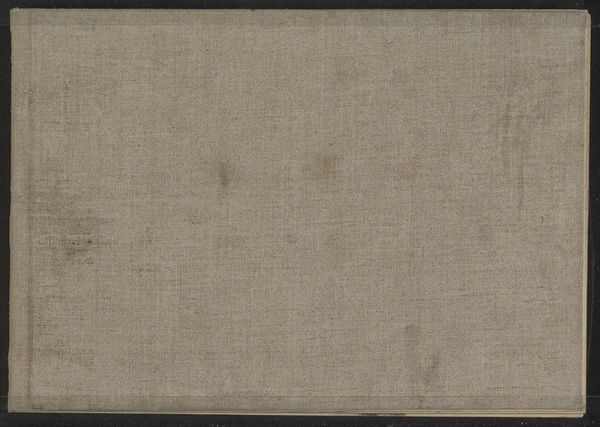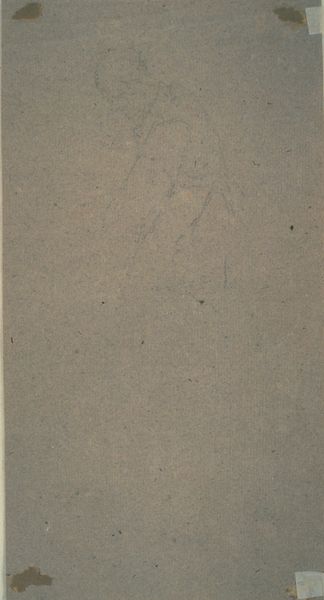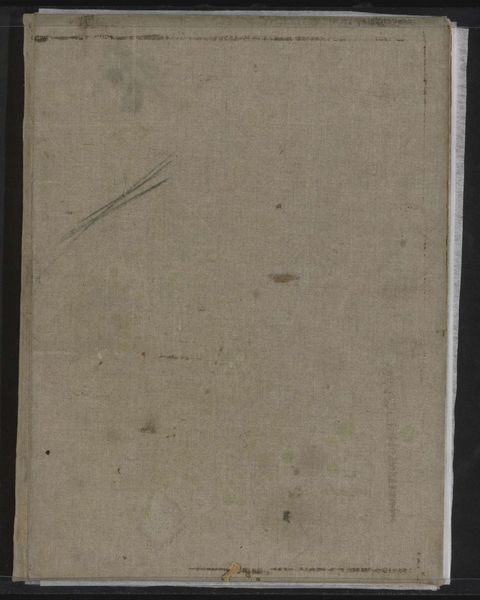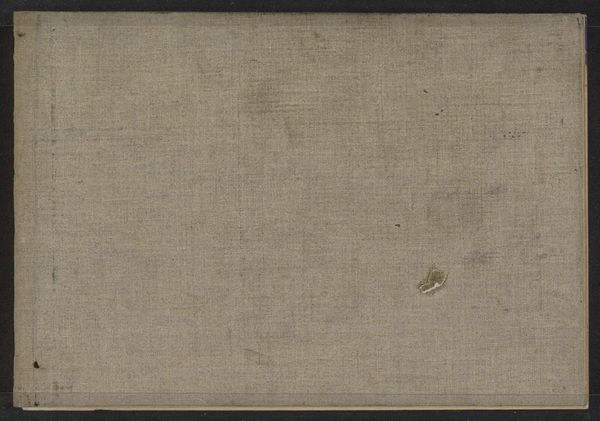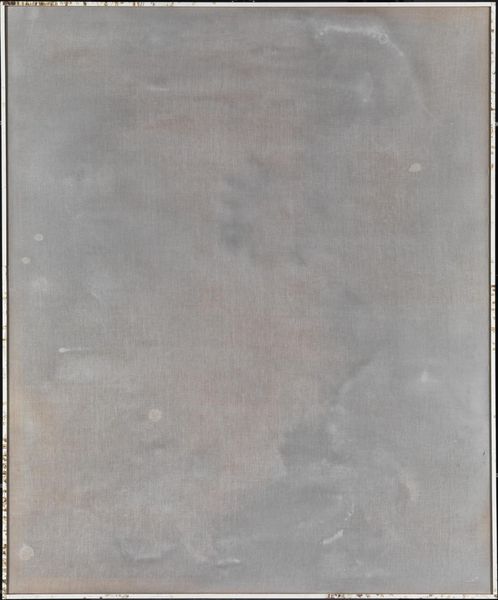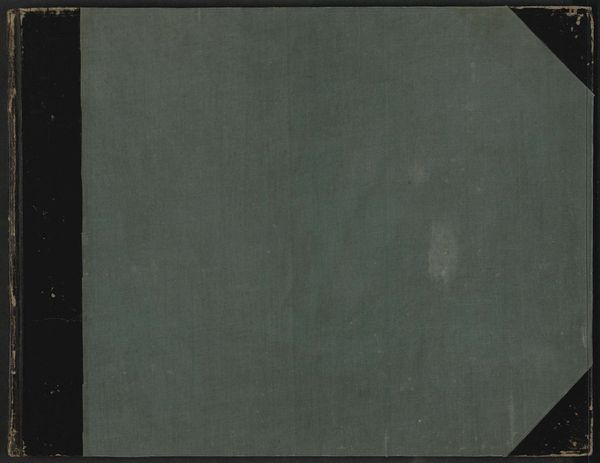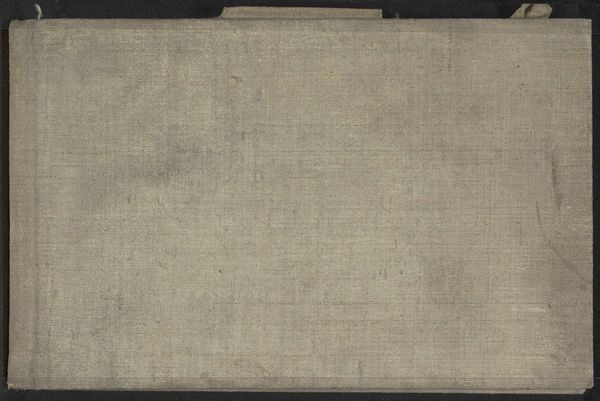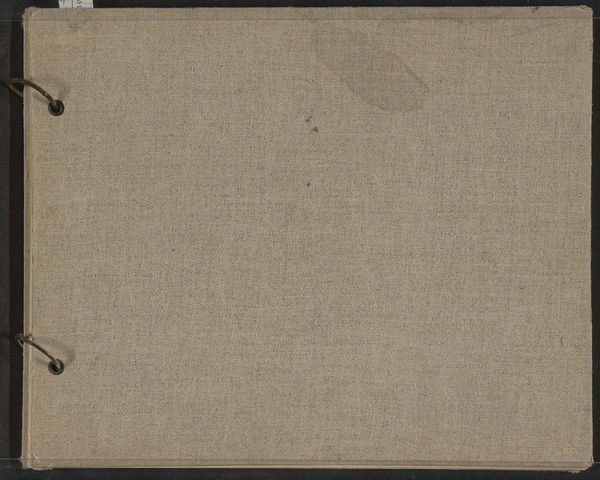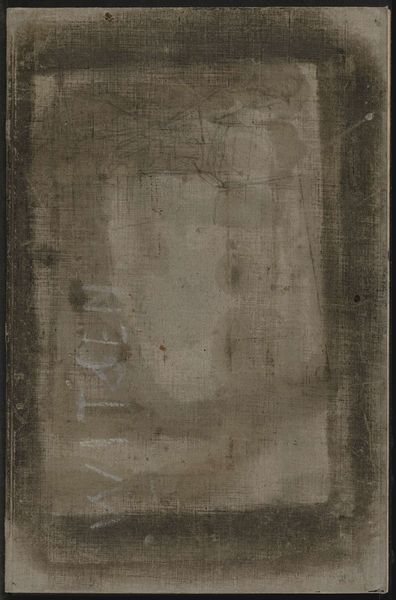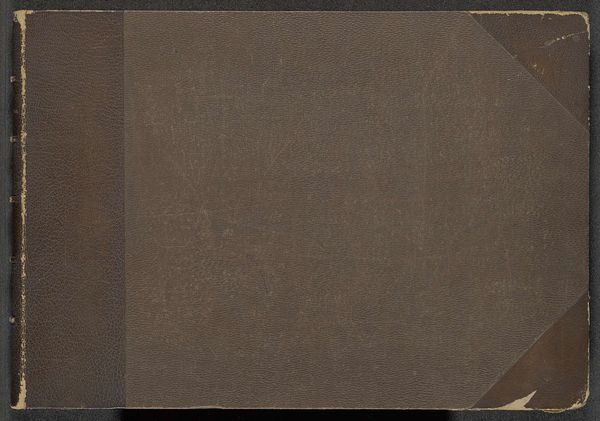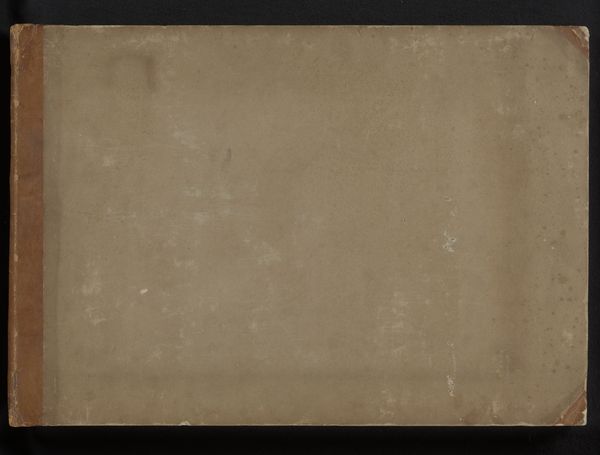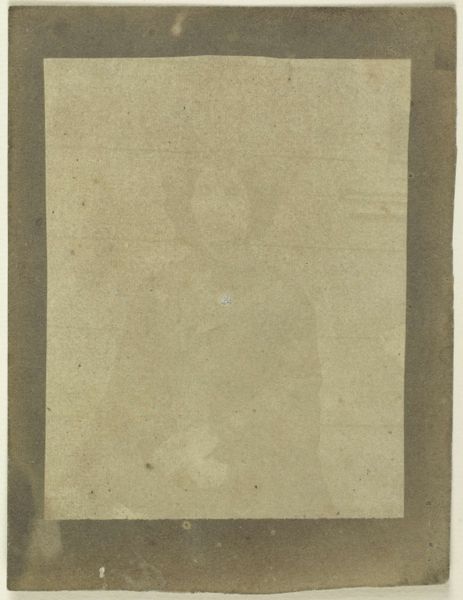
Schetsboek met 75 bladen vervaardigd te Nederlands-Indië Possibly 1920 - 1924
0:00
0:00
willemwitsen
Rijksmuseum
drawing, mixed-media, collage, textile, paper
#
drawing
#
mixed-media
#
collage
#
muted colour palette
#
textile
#
paper texture
#
paper
Dimensions: height 230 mm, width 155 mm, thickness 7 mm, width 318 mm
Copyright: Rijks Museum: Open Domain
Editor: Here we have "Sketchbook with 75 pages made in the Dutch East Indies" possibly from 1920-1924, by Willem Witsen. It seems to be a mixed media work, incorporating drawing, collage, textiles, and paper. It gives off a very tactile and intimate feeling, almost like looking at someone's private journal. How do you interpret the significance of a sketchbook like this in its historical context? Curator: It's fascinating, isn’t it? This isn't just a sketchbook; it's a document of a specific colonial encounter. The Dutch East Indies represented a complex power dynamic, and Witsen, as a Western artist, occupied a privileged position. The materials themselves – the textile, the paper – speak to resource extraction and global trade routes characteristic of that era. Do you think the "private journal" feel might mask the public implications of its creation? Editor: That's a great point. I hadn't considered the inherent power imbalance present. The textile inclusion, especially, makes me wonder if those materials were locally sourced or imported, which says a lot about the relationship between the colonizer and the colonized. So it is not only the work *in* the sketchbook, but the sketchbook *as* an object is infused with colonial history. Curator: Precisely. The very act of observing and documenting another culture is loaded with political implications. Ask yourself, whose narrative is being prioritized? Whose voices are amplified, and whose are silenced, through this artistic endeavor? Consider, also, how museums, by exhibiting these works, participate in continuing or challenging these power structures. Editor: That definitely shifts my perspective. I was initially drawn to the intimate feel, but now I recognize how that feeling might obscure a more critical examination of its context and the artist's role within it. Curator: Understanding the historical forces that shaped art production helps us engage more thoughtfully with the work and its legacy. These objects prompt essential discussions about representation, power, and the ongoing impact of colonialism. Editor: Thanks, this has given me a lot to think about in terms of museums, the gaze and what that means for art history.
Comments
No comments
Be the first to comment and join the conversation on the ultimate creative platform.
